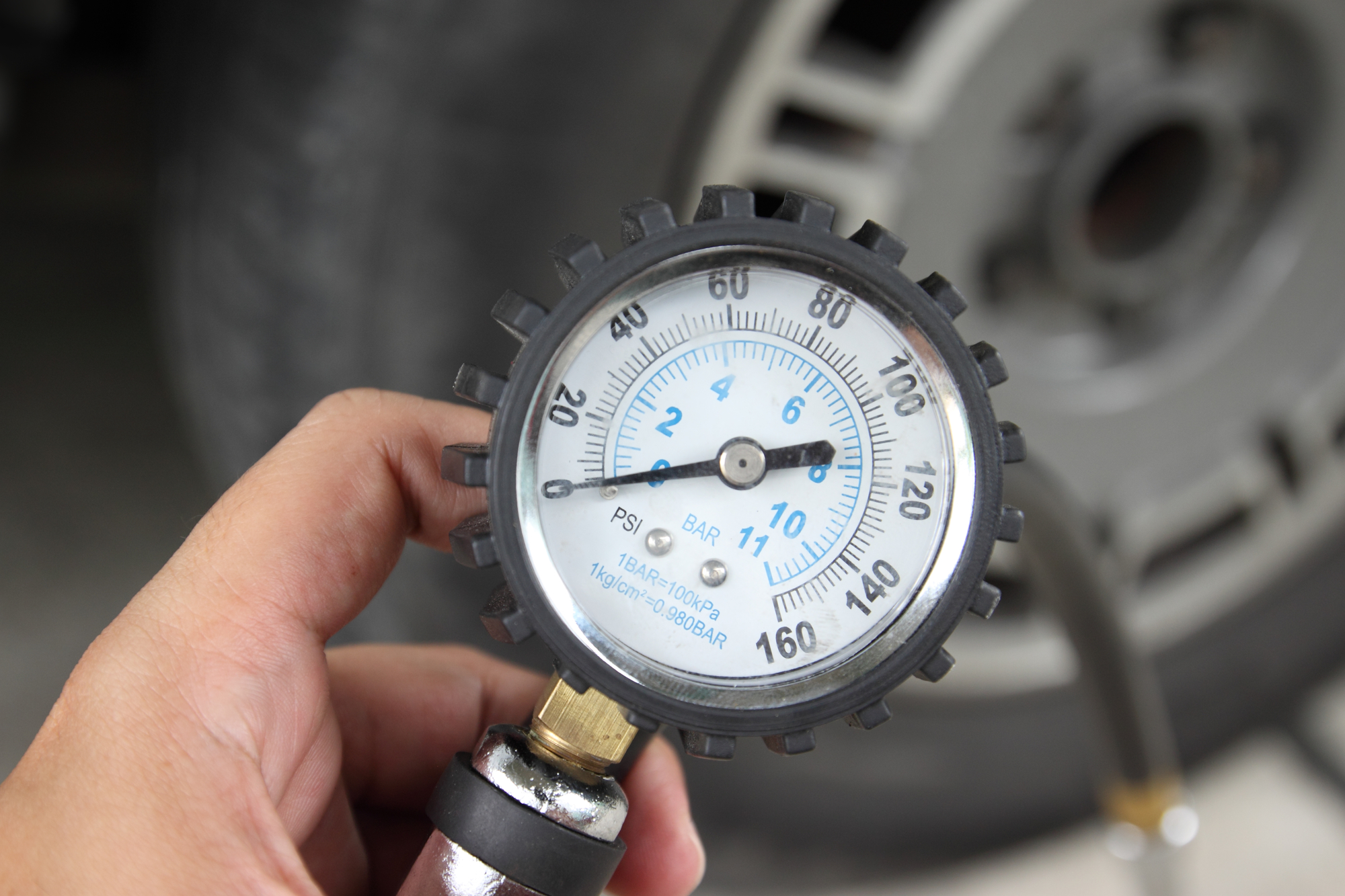Tire pressure fluctuations can be a big deal in Arizona. As the scorching summer sun beats down upon the desert landscape of Arizona, residents and visitors alike brace themselves for the intense heat. But it’s not just people who feel the impact of these high temperatures; vehicles, too, are subject to the harsh conditions of the summer months. One of the most significant challenges drivers face during this time is the fluctuation in tire pressure. In this blog post, we’ll explore why tire pressure fluctuates in Arizona’s summer heat and how drivers can mitigate its effects.
The Science Behind Tire Pressure Fluctuations
To understand why tire pressure fluctuates in hot weather, it’s essential to grasp a basic principle of physics. Gases expand when heated and contract when cooled. This principle applies to the air inside your vehicle’s tires. As the temperature rises, the air molecules inside the tire gain energy and move more rapidly, causing them to exert greater pressure on the tire’s walls. Conversely, when the temperature drops, the molecules lose energy and exert less pressure.
In Arizona’s summer heat, where temperatures can soar well above 100°F (37.8°C), road asphalt can become blisteringly hot. This intense heat is absorbed by the tires, causing the air inside them to heat up rapidly. As a result, the tire pressure increases, sometimes significantly.
The Impact on Vehicle Performance and Safety
The consequences of improper tire pressure can be far-reaching. When tire pressure is too low, it can lead to increased rolling resistance, reduced fuel efficiency, and uneven tire wear. On the other hand, overinflated tires can result in a harsher ride, decreased traction, and a higher risk of blowouts, especially when driving at high speeds.
In Arizona’s summer heat, where road surfaces can reach extreme temperatures, the risk of tire blowouts is particularly concerning. The combination of high temperatures and overinflated tires can put immense stress on the tire walls, increasing the likelihood of a blowout, which can be dangerous, especially at high speeds or when driving on highways.
Mitigating the Effects of Tire Pressure Fluctuations
Fortunately, there are steps drivers can take to mitigate the effects of tire pressure fluctuations and ensure their safety on the road, even in Arizona’s sweltering summer heat:
- Make sure you have good tires: We provide the best value in tires and tire services. Contact us today if you need service, and if we can’t provide the best value, we’ll refer you to someone who can!
- Regularly check tire pressure: Monitoring tire pressure regularly, ideally at least once a month, can help catch any fluctuations before they become problematic. During the summer, it’s advisable to check tire pressure more frequently, as temperatures fluctuate rapidly.
- Adjust tire pressure as needed: If your tires are overinflated due to the heat, release some air to return them to the recommended pressure levels. Conversely, if tire pressure is too low, inflate them to the recommended levels specified by the vehicle manufacturer.
- Check tire pressure when tires are cold: Tire pressure readings are most accurate when the tires are cold, preferably before you start driving for the day. Driving heats the tires, causing the air inside them to expand and giving false readings.
- Use a tire pressure gauge: Invest in a quality tire pressure gauge to ensure accurate measurements. Avoid relying solely on a tire pressure monitoring system (TPMS), as it may not always provide precise readings.
- Seek shade when parking: Whenever possible, park your vehicle in the shade to minimize exposure to direct sunlight and reduce the rate at which tire temperatures rise.
In Arizona’s blistering summer heat, tire pressure fluctuations pose a significant challenge for drivers. Understanding the science behind these fluctuations and taking proactive measures to monitor and adjust tire pressure can help mitigate their effects and ensure a safer driving experience. By staying vigilant and proactive, drivers can confidently navigate Arizona’s hot roads, knowing that their tires are properly inflated and their vehicles are ready to handle the heat.






